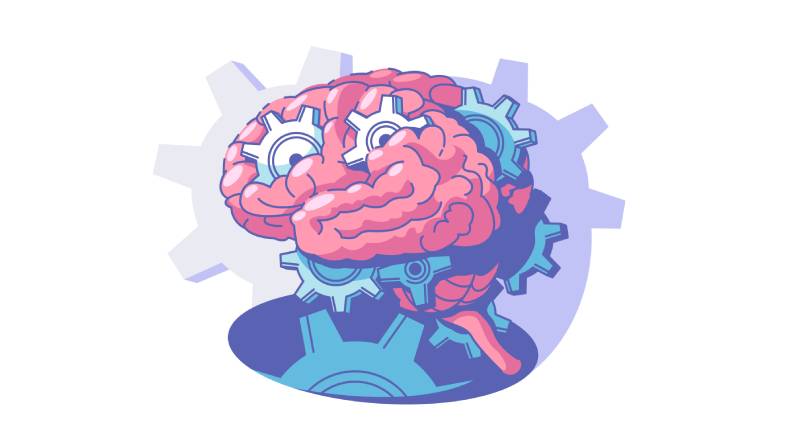The Protective Power of Cerebrospinal Fluid
Cerebrospinal fluid (CSF) is a clear, colorless liquid that surrounds the brain and spinal cord, providing a vital layer of protection and support. This fascinating fluid plays a crucial role in maintaining the health and function of our central nervous system.
The Meninges: A Protective Barrier
The CSF is found between two layers of meninges, which are thin, sheet-like structures that cover the brain and spinal cord. The three meninges are:
1. Dura Mater: The outermost layer, which consists of two layers and lies beneath the bones of the skull and vertebral column.
2. Arachnoid Mater: The middle layer, which lies between the dura mater and the pia mater.
3. Pia Mater: The innermost layer, which directly covers the brain and spinal cord like a thin, clingy film.
The Subarachnoid Space: A Fluid-Filled Compartment
The CSF fills the subarachnoid space, which is the compartment between the arachnoid mater and the pia mater. This space contains approximately 125 milliliters of CSF at any given time.
Production and Circulation of CSF
The CSF is produced in the ventricular system of the brain, with approximately 500 milliliters generated every day. This fluid is constantly drained and replaced, with a turnover rate of about 3-4 times per day.
Functions of Cerebrospinal Fluid
The CSF performs several vital functions:
1. Buoyancy: The CSF helps to neutralize the weight of the brain, preventing it from sinking or shifting.
2. Protection: The CSF acts as a fluid buffer, cushioning the brain and spinal cord from shocks and impacts.
3. Prevention of Brain Ischemia: The CSF helps to regulate blood pressure and prevent brain ischemia (tissue death due to lack of blood).
4. Homeostasis: The CSF helps to maintain a stable environment within the brain and spinal cord, regulating the distribution of substances and electrolytes.
5. Clearing Waste: The CSF helps to remove waste products from the brain and spinal cord, maintaining a healthy environment.
Clinical Significance of CSF
Changes in the composition or pressure of the CSF can lead to various diseases and conditions, such as:
– Meningitis
– Brain ischemia
– Hydrocephalus
– Stroke
Fortunately, many of these conditions can be medically or surgically treated. Lumbar puncture, for example, can help to decrease intracranial pressure.
References:
https://en.wikipedia.org/wiki/Cerebrospinal_fluid
https://www.britannica.com/science/cerebrospinal-fluid
https://www.webmd.com/brain/cerebrospinal-fluid-facts

